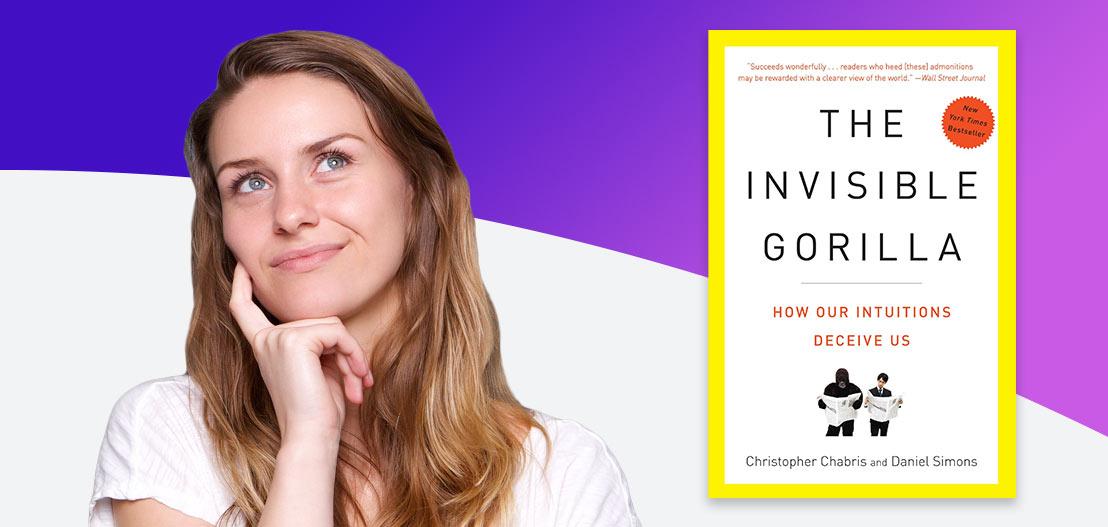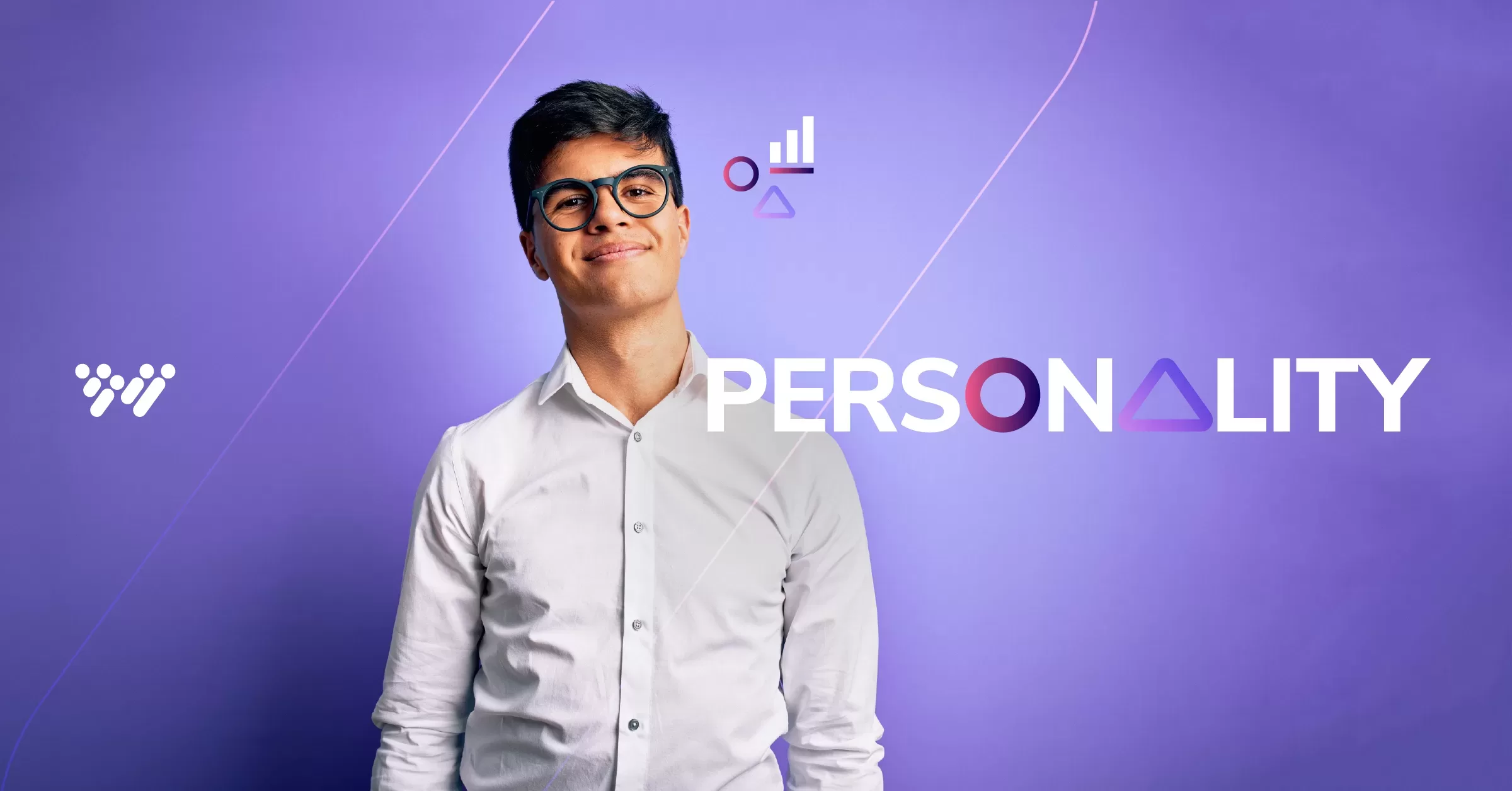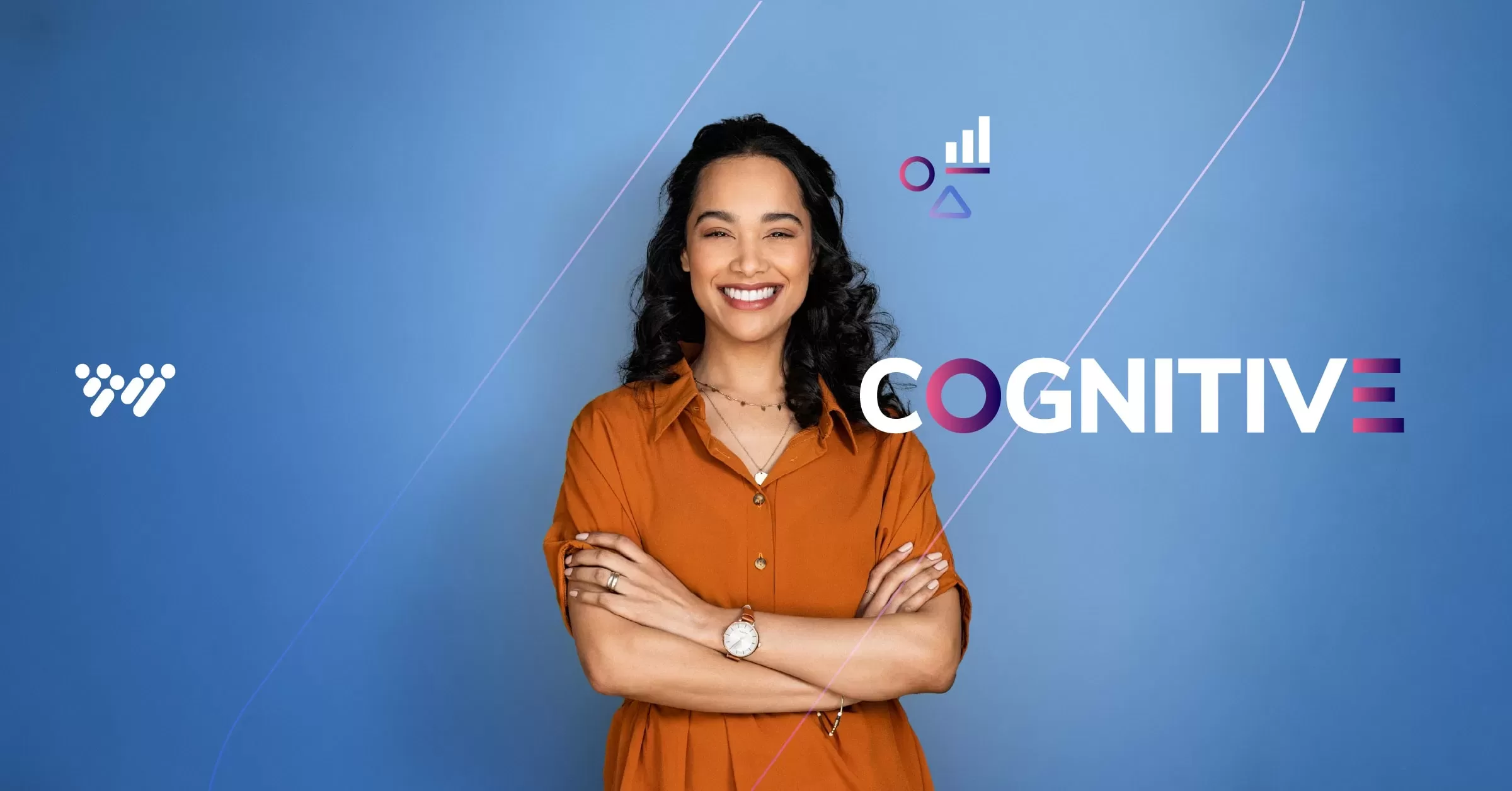How often are you unintentionally fooling yourself and others—or missing important pieces of information when making a decision? In their book, The Invisible Gorilla: How Intuitions Deceive Us, Christopher Chabris and Daniel Simons dig into the findings from more than 300 research studies and experiments to reveal how our intuitions fool us into thinking we have more knowledge than we actually do, and how to recognize that what we think we know may be an illusion.
Building on their 1999 Invisible Gorilla Study, they outline a few of the “illusions” that have the most profound impact on our lives. These illusions come about because we miss obvious red flags and make assumptions or associations that aren’t based on reality. For hiring professionals, especially, being more aware of these tendencies could result in better recruitment practices and hiring outcomes.
Here’s a short summary of five of the authors’ biggest ideas and a few thoughts on applying these ideas to your work life.

Big Idea #1: We’re all susceptible to “in-attentional blindness”—a fancy term for tunnel vision—especially when we’re overloaded with information.
In 1999, two psychology professors created the now famous Invisible Gorilla experiment. In it, they asked students to watch a one-minute video of two teams passing basketballs. Volunteers were asked to count how many passes were made by the players wearing white shirts and ignore passes made by the opposing team. Most of the volunteers closely counted the number of passes when polled immediately after being shown the video.
Shockingly, almost half failed to notice that a person dressed in a gorilla suit walked into the frame, faced the camera, and thumped their chest before walking out of frame. Although the gorilla spent about 10 seconds on camera during the 60-second video, a large percentage of volunteers had no recollection of seeing it when polled immediately after viewing. Many of the volunteers, even after being re-shown the video, refused to believe they missed it. They insisted the video had been switched.
Chabris and Simons call this “in-attentional blindness”: the inability to perceive what we don’t expect to see. They note multiple studies that explain how our brain focuses on a single task, filtering out distractions—even a chest-thumping gorilla—to keep us on task. While this is a critical skill in most areas of our lives, it illustrates how susceptible to tunnel vision we all are.
HR Takeaway: This trait is similar to confirmation bias, which manifests itself in the hiring process when, in an interview, we only focus on traits that confirm our preconceived perception of a candidate (based on their resume, references, and so on). In doing so, we can miss obvious clues that might give us a more complete picture of the candidate’s potential fit for the position. One way to combat this: using objective science-based hiring assessments.

Big Idea #2: Our memories are worse than we think
The next brain trickster the authors cover is the illusion of memory. Citing multiple sources, they share how unreliable our brains are when it comes to remembering almost anything, even when we’re focusing on remembering.
HR Takeaway: Hiring managers and talent pros know how challenging it can be to remember who said what, especially when they’re juggling a lot of candidates. One smart trick: use structured interview guides. Asking every candidate the same, relevant questions and writing down their responses in a systematic way during the interview will make it easier to avoid confusion. Also, if you’re doing interviews over Zoom, record them so attendees and others who couldn’t attend can see firsthand how your candidates responded.

Big Idea #3: We often mistake confidence for competence (and get burned as a result)
We tend to assume that people who exhibit strong levels of confidence can back it up with competence. However, in study after study, Chabris and Simons found that except in areas where subjects held specific training and background, the correlation was often lacking. Interestingly, they found that people who exude confidence often do so in all aspects of their lives—work, relationships, sports, and so on—no matter what their actual competency in each aspect actually is.
HR Takeaway: Candidate confidence may be an unreliable personality trait rather than a reflection of actual skill and ability. With this in mind, consider asking job seekers about subjects in which they haven’t claimed experience to see if their confidence is one-size-fits-all (and possibly suspect). Also, refer back to assessment scores if you’ve tested them early in the process.

Big Idea #4: We overestimate what we actually know
The illusion of knowledge is similar: we often decide we understand something well when in fact our understanding is, in fact, extremely superficial. Chabris and Simon and other’s research illustrate how familiarity with something doesn’t translate to deep knowledge, and that our belief in our capabilities often doesn’t align with our skill. The authors city the annoyance parents feel at be asked “Why?” over and over as evidence of proof of how little we actually do know about things we think we know. That we get stumped after only a couple “why” questions reveals that our knowledge about many things is only skin-deep.
Potentially more dangerous? The fact that we will also attribute our illusion of knowledge to others: because we’re sure we understand it, we assume that others do, as well.
HR Takeaway: When investigating an applicant’s knowledge base, ask them to describe why (or how) something works rather than just asking if they know how to do or operate it. For example, understanding why safety protocols are in place for a certain role is just as important as knowing how to execute them.

Big Idea #5: We often conflate correlation and causation and make poor decisions as a result
Near the end of the book, the authors describe the difference between correlation and causation and how difficult it is for us to separate the two. Causation means Event B is the direct result of Event A. Correlation means Event A and B are related, but one doesn’t necessarily cause the other to occur.
As humans, we’re trained to look for patterns—in fact, our existence may rely on it. But often we take that training too far, seeing patterns where they don’t exist, or where we think they should exist.
A famous example of correlation versus causation: when ice cream sales peak, so do the number of drowning deaths. But, of course, ice cream doesn’t cause drowning. These fact correlate—they trend in a similar fashion—but an all-important third factor, warm weather, is missing from the equation.
HR Takeaway: When you look at a resume and see an ascending professional trajectory, can you always assume it was the candidate’s talents that led to their promotions? (As we all know, some people climb the ladder more because of their close relationship with their superiors than their competency.) Don’t be afraid to ask candidates how and why they rose in the ranks; their answers will tell you much more than a few carefully-crafted bullet points will.
Anyway, that’s the book in a nutshell. To dive in deeper, check it out at your local library, or buy it at Alibri, or Amazon. Follow Christopher Chabris here on Twitter and LinkedIn. Follow Daniel Simons here on Twitter. And look for another book review next month!









